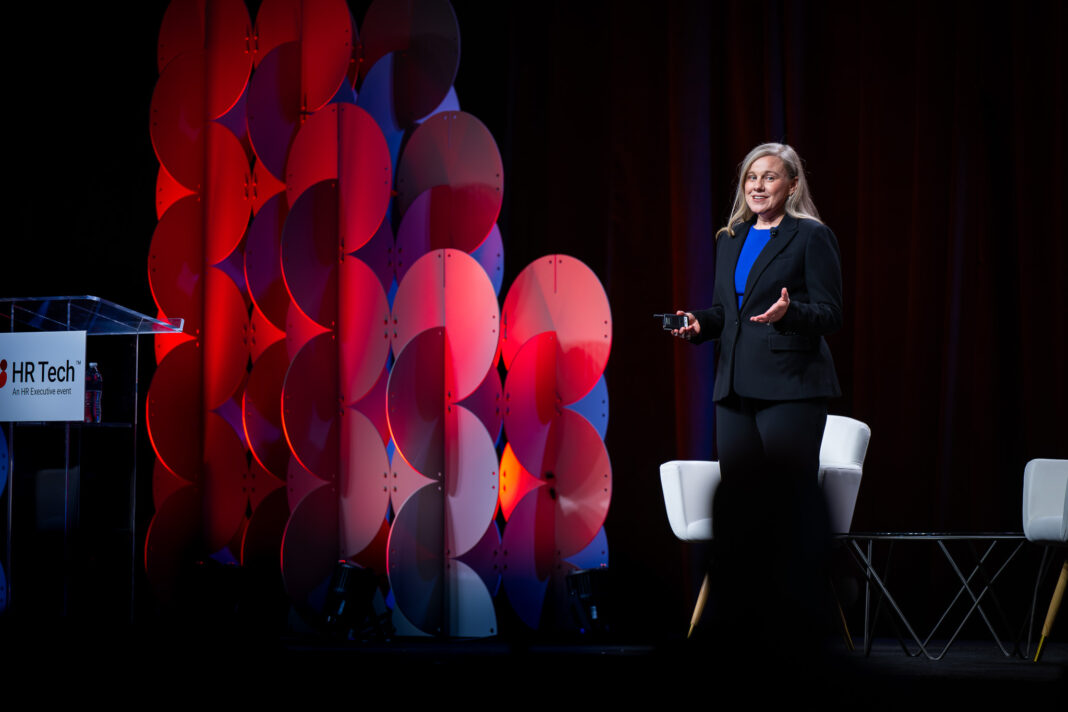Using AI in HCM: Six things to look out for
- HRM Asia Newsroom

The rise of AI has every executive wondering what to do with the technology. The world of human capital management (HCM) is no different. HCM deals with people data, the very people who are critical to a company’s success, and being smart with AI is especially important because of that.
HCM vendors are often the first place that companies go to discuss what new software tools they should use—and why. These questions will become ever more important. Only 5% of HR leaders had generative AI solutions in use as of last June but more than half of HR leaders were exploring it, Citi Global Insights reports.
When evaluating the rapidly growing plethora of AI-enabled, AI-powered, AI-based HCM software tools, HR leaders should consider numerous factors when deciding whether to deploy an AI solution and, if so, which one. Those factors are:
- Intention
What is your strategy for AI within your company? Do you want to transform a process or a whole organisation? Both are huge endeavours. Do you want to use AI to increase efficiency in slices of workflows? Identifying your intention will help drive better decisions on which tools to deploy, when, and what steps to take next.
- Definition
Define your use case. Does the AI tool address it? Ask yourself three questions: Does the problem require AI? Do we have the data needed? Are there any regulatory/ legal issues in implementing it? As with digital transformation, it is best to start small with AI, prove it, and then expand. Perhaps you want an AI tool to help employees plan career choices or to write job descriptions. Those are well-defined use cases. Once defined, you will be more likely to find a tool that hits the mark, and you will not overspend or overcomplicate things.
- Guardrails
Does the provider of the AI solution have good data and AI governance? This means knowing where the data that feeds the AI comes from, whether it is available for fair use, and whether privacy is protected. Do not work with anyone who runs fast and loose with data. If you give a large language model (LLM) your data, that may inform the LLM’s results that it provides to other companies. No one wants their data to make their competitor’s AI results better. Be sure the guardrails are in place that protect data and intellectual property.
- Performance
Is the provider proving their case? Are the results of its AI tools audited or verified by third parties? Does the solution eradicate bias? Many of the tools are new. Find ones that have been verified so that you know what to expect in terms of results and do not rely only on vendor claims. For instance, if you choose a solution to help employees access their benefits information, ask for metrics of existing customers in terms of success. Does the solution enable faster access? What is the success rate of meeting employee needs? We have all had experience with our phone assistants to know that sometimes they hit the mark, sometimes they do not. By tracking performance, you track return on investment.

“The good news is that AI will help make HCM more efficient, personalised, and impactful.” – David Lloyd, Chief Data Officer, Dayforce
- Thoughtfulness
Does the AI provider have an AI North Star? This means they have considered not only what AI can do, but whether AI should do it. Generative AI set loose on a massive data set can return amazing insights. But that is not cause enough to do it. Ensure that the AI enables parameters that you control and that it eradicates bias as opposed to perpetuating it. Using AI, like using any data analytics tool, to dig into private information is just wrong, as is relying on biased data that returns biased AI results.
- Partners
Does it make more sense to partner on this, or do it yourself? The technology industry is full of evolutionary stories where companies, at first, build a solution because pre-built ones do not exist, and then partner with experts who build solutions to meet market needs. Only you can decide what path is right for you, based on what you want your AI solution to deliver and on what your capabilities are.
READ MORE: Simplifying payroll for Singapore’s dynamic workforce
Don’t bury your head
Every company’s needs differ, and different solutions will meet them. The good news is that AI will help make HCM more efficient, personalised, and impactful. Being thoughtful, intentional and careful with AI choices will make all the difference.
About the Author: David Lloyd is Chief Data Officer of Dayforce.
Looking to transform your organisation’s human capital management strategy? Learn how the right partner and HCM solution can deliver value to your organisation and your people with Dayforce’s A Complete Buyer’s Guide to HCM technology.






